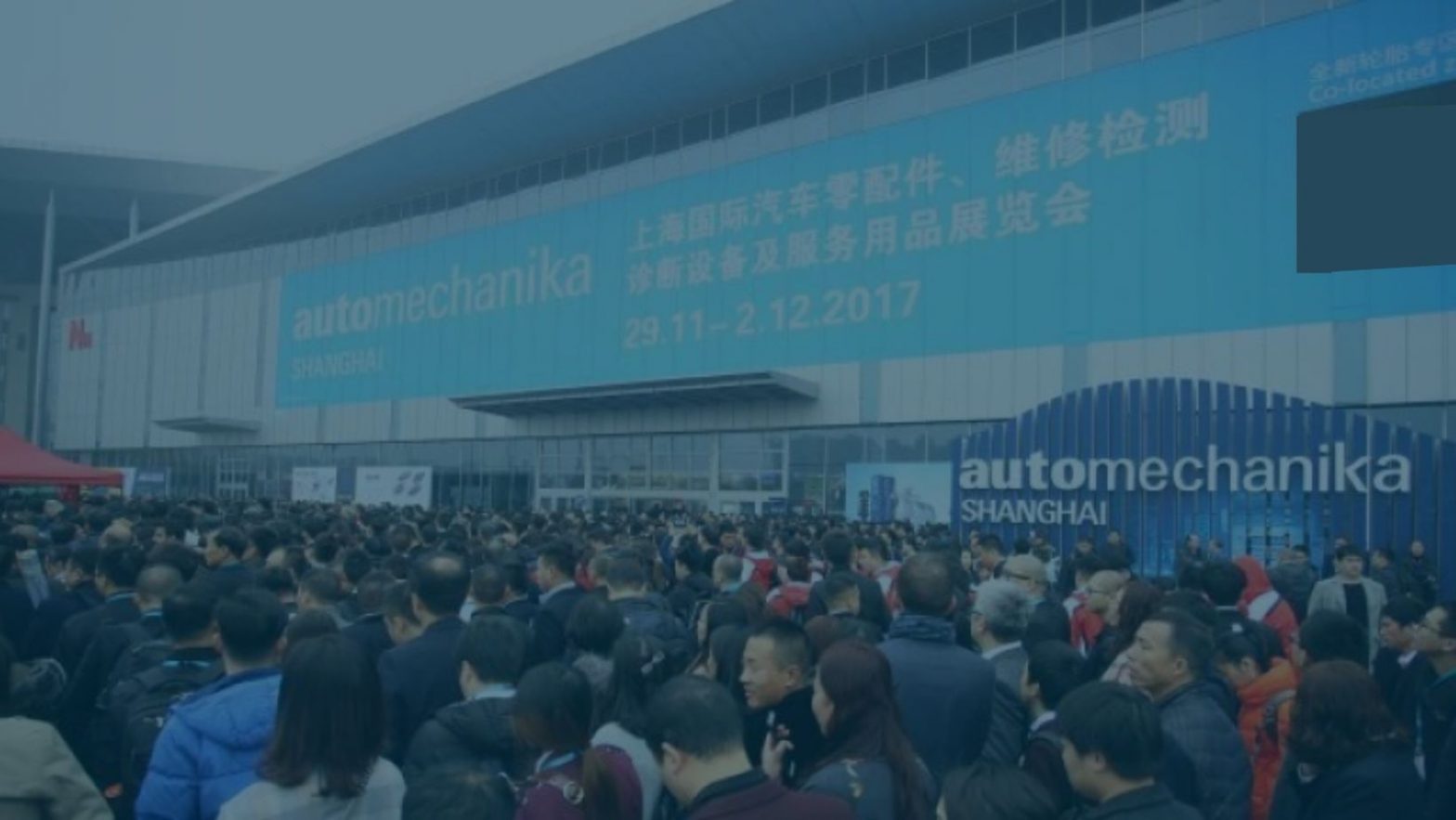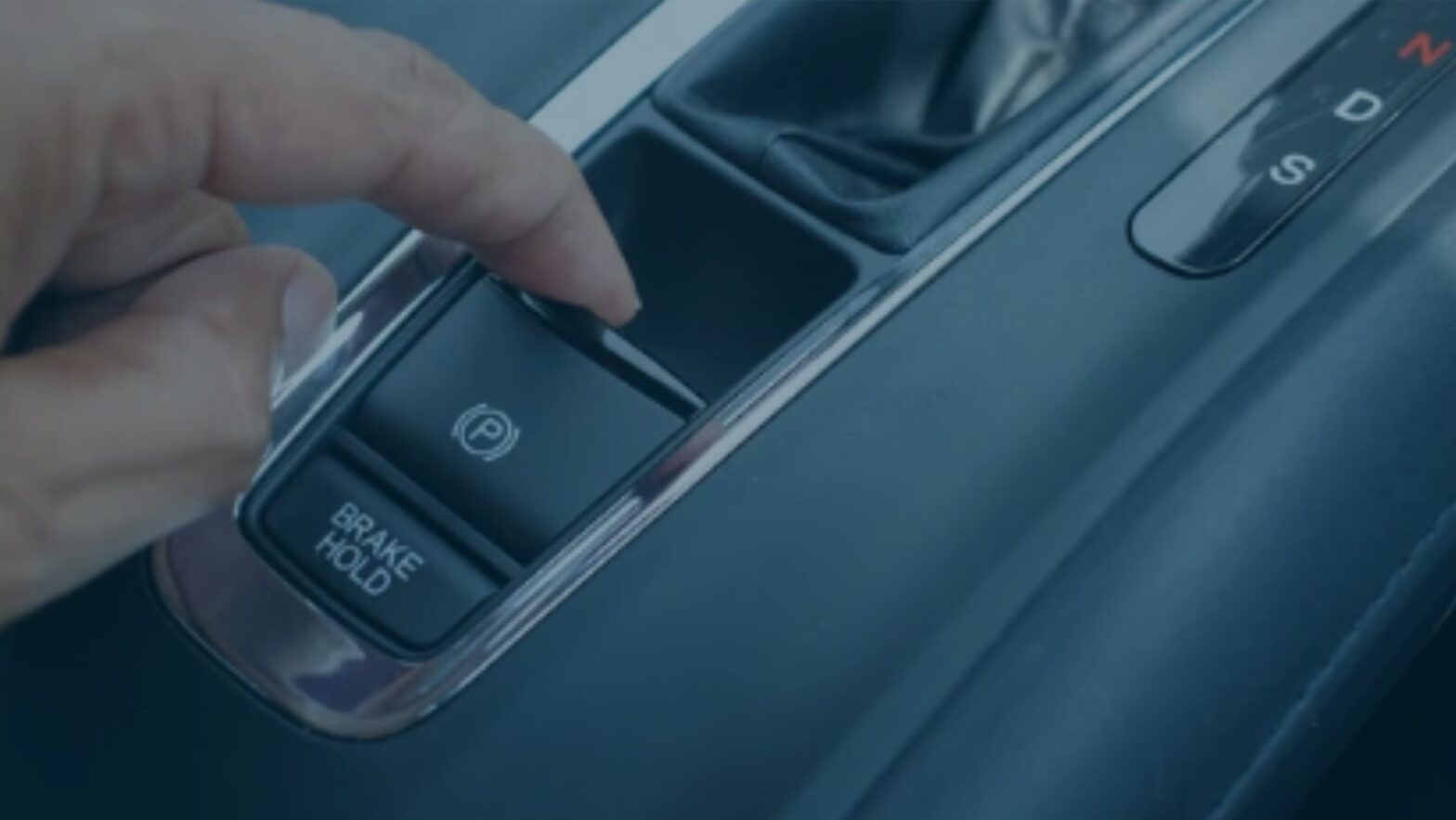
Manual or automatic gearbox: which one to choose?
One of the big questions to be answered when buying a car is: Should I choose a manual or automatic transmission?
Today we can see how many brands are taking the risk of adapting their cars to automatic gearboxes (very popular in the United States). In Europe, however, automatic gearboxes have yet to catch on.
Why is the manual transmission so successful in Europe?
In Europe, only 12% of vehicles have automatic transmissions, while in the United States, 97% of vehicles have this type of transmission, according to Automotive News Europe.
The reasons why are not entirely clear, as there is a wide range of motivations: from the abysmal price difference to the sheer enjoyment of driving by shifting gears.
Manual gearbox: Advantages
Manual gearbox cars provide endless possibilities to satisfy the needs of an old-school driver. If you like to feel every roar of the car, you’ll be interested to know the following features of manual transmission vehicles:
Price
Manual cars tend to offer cheaper costs than automatics, not only in selling price, but also with other costs that are more accessible to all kinds of pockets:
- Manufacturing
The costs involved in manufacturing a manual car are usually lower than those of an automatic. Even if they have the same engine and the same features, the difference can be between 1000 and 2000 euros compared to a car with automatic transmission.
- Fuel
Fuel consumption in most automatic cars increases slightly (although this can vary between petrol and diesel fuel), rising to a difference of 5% compared to a car with a sequential gearbox.
But why is this? In a car with automatic transmissions, the driver has no control over the gears, which means that he/she cannot manoeuvre a downshift, for example. Adapting the gears to the situation the car needs to be in saves a lot of fuel.
- Maintenance
Automatic cars are more dependent on servicing than a car with a manual gearbox.
The engine of automatic cars tends to operate at high temperatures, which causes the oil to wear out more quickly. Automatic gearboxes typically require oil and filter changes every 60,000 to 80,000 kilometres, while CVTs require very little maintenance.
Manoeuvrability
There are many traditional driving enthusiasts who argue that cars with manual gearboxes feel different because of the way their mechanics work.
The experience for purist drivers is very satisfying, as they feel a great deal of power in controlling the car’s gears and driving it to the point where it feels like an extension of their own body.
Automatic car penetration in Europe
The supply of automated vehicles is increasing more and more in the European market, but they are not as widespread as in the United States or Japan, where 90% of registrations are of automatic cars, according to 20 minutos.
In Spain, it does not even represent 21% of manual car registrations, the same as in countries such as Greece (17%) or Portugal (21%).
Why is automatic gearboxes not penetrating southern European markets? As we have said in previous articles: price and driving experience are the main reasons.
Manual transmission will continue to dominate in Europe
The manual transmission is – and will continue to be – the dominant transmission in the European car fleet. Not only because of the clear advantages related to price savings, manoeuvrability and so on. But also because European drivers are used to manual gearboxes and are not willing to give up the pleasure of the clutch.
In addition, the Spanish and European road environment is made up of many mountainous systems. On this type of road, the manual gearbox offers better guarantees as it can adapt the engine power better and more efficiently to the different orographic requirements.
Operation with a gearshift lever in cross-county scenarios is much more precise than with an automatic model. In addition, the automatic type of transmission is not equipped to interpret the information from this type of terrain and can put a strain on the vehicle’s transmission, which over time may translate into fewer years of life for the car.
How do you like to drive?




